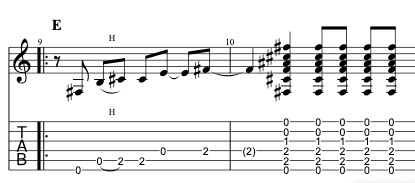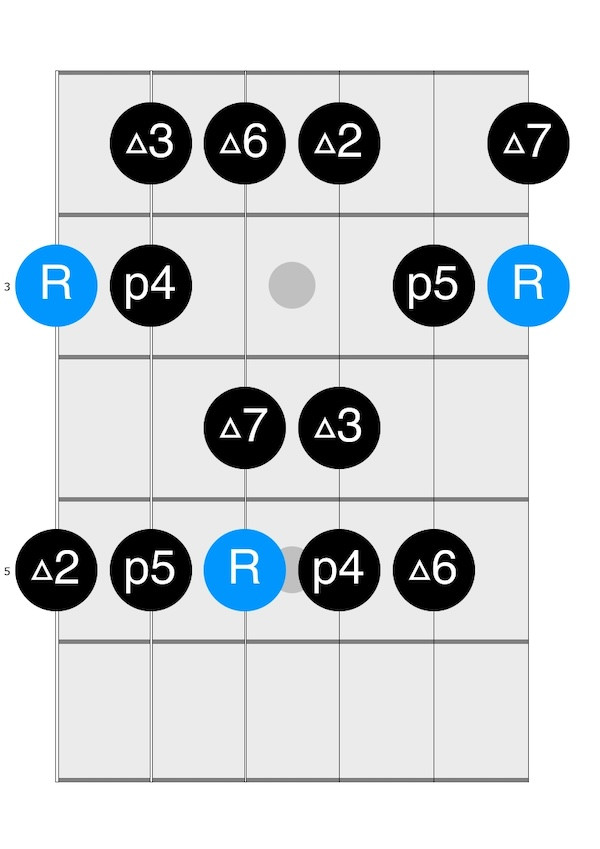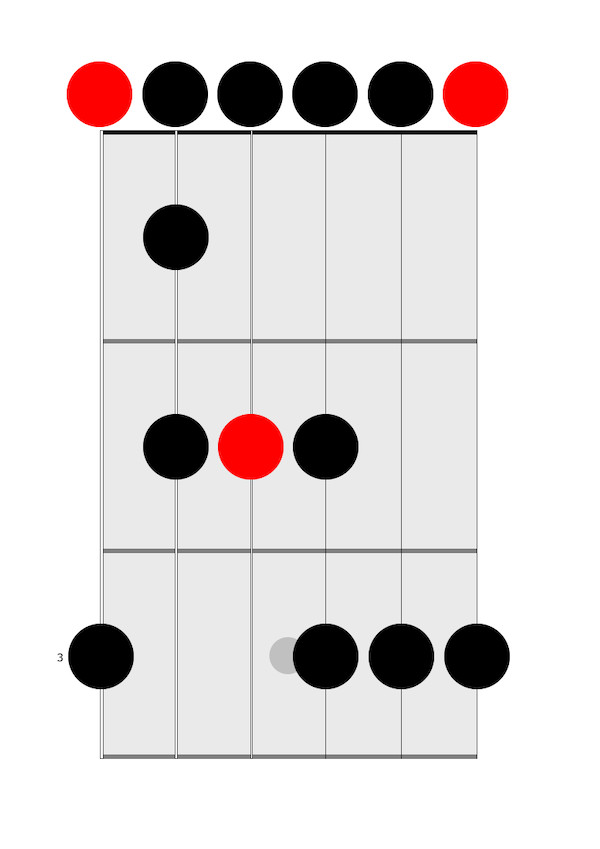“rock”
“Mrs. Robinson,” a song forever etched in pop culture thanks to its feature in the iconic 1967 film “The Graduate,” is more than just a soundtrack hit. It’s a masterclass in songwriting, blending a bluesy guitar riff with an unforgettable sing-along melody that has resonated across generations.
This lesson will delve into the intricacies of playing “Mrs. Robinson” on guitar, breaking down Paul Simon’s signature guitar parts and exploring the song’s rich musical landscape. Whether you’re a beginner or an experienced player, grab your guitar and get ready to learn the chords, riffs, and strumming patterns that make this song a timeless classic.
The Story Behind “Mrs. Robinson”: From Folk Duo to Film Phenomenon
“Mrs. Robinson” is the brainchild of Paul Simon, one half of the legendary folk-rock duo Simon & Garfunkel. Released in 1968, the song quickly became synonymous with Mike Nichols’ groundbreaking film, “The Graduate.”
Initially, Nichols envisioned using pre-existing Simon & Garfunkel tracks for his movie. However, the duo, particularly Paul Simon, saw an opportunity to create original music tailored to the film’s narrative. Simon began working on a song tentatively titled “Mrs. Roosevelt.” While the political undertones of “Mrs. Roosevelt” didn’t quite fit Nichols’ vision, the core melody and theme intrigued him. The song evolved, shedding its political skin and transforming into “Mrs. Robinson.”
The now-iconic line, “Here’s to you, Mrs. Robinson,” perfectly captured the allure of Anne Bancroft’s character and the underlying societal tensions explored in “The Graduate.” The lyrics, though ostensibly about a character in a film, touched upon broader cultural shifts and generational divides of the 1960s. Anne Bancroft’s portrayal of Mrs. Robinson was transformative. Despite being only six years older than Dustin Hoffman, her performance conveyed a world-weariness and sophistication that was central to the character. The masterful use of makeup, wardrobe, and demeanor created a believable age gap, enhancing the dynamic between Mrs. Robinson and Benjamin.
Recorded in 1968 at Columbia Studio A in New York City, under the production of the legendary Tom Wilson (known for his work with Bob Dylan), “Mrs. Robinson” made its debut on both the “Bookends” album and “The Graduate” soundtrack. The song’s impact was immediate and immense. In 1969, it earned a Grammy Award for Record of the Year and soared to the top of the Billboard Hot 100 chart. Decades later, “Mrs. Robinson” remains a defining song of the 1960s, its themes and melodies continuing to captivate listeners worldwide.
Essential Guitar Chords for “Mrs. Robinson”
To embark on your “Mrs. Robinson” guitar journey, you’ll need to master eight key chords: G, Em, C, D, E, A7, Csus2/B, and Am. The beauty of these chords is that they are all playable in open position, making them accessible “campfire” chords for guitarists of all levels. Let’s explore some common and effective ways to play each of these chords.
-
G Major: I favor a folk-style G, using just two fingers for simplicity and ease of transition.
-
E minor (Em): Embrace the full sound of Em by utilizing all six strings. This voicing provides a rich and resonant tone.
-
C Major: Focus on the lower register of the C chord, strumming from the 5th string downwards for a balanced sound.
-
D Major: Similarly to C, aim for a focused D chord by strumming from the 4th string downwards, creating clarity and definition.
-
E Major: E major shares a similar shape with Em, but a crucial finger placement alters a single note, transforming it into a major chord.
-
A7 (A dominant 7th): Inject a bluesy flavor into your playing with the A7 chord, played from the 5th string down, adding a touch of harmonic complexity.
-
Csus2/B (C suspended 2nd over B bass): This chord functions as a quick passing chord, adding a subtle harmonic movement. A simple two-finger voicing is all you need.
-
A minor (Am): The final chord, Am, is played from the 5th string downwards, providing a contrasting minor tonality within the song.
Fiction or Reality? The Story of Mrs. Robinson’s Inspiration
Contrary to any real-life inspiration, “Mrs. Robinson” and the narrative of “The Graduate” are purely fictional. The characters and storyline originate from Charles Webb’s novel of the same name. While Webb’s novel, and subsequently the film, explore relevant themes of youthful angst, societal rebellion, and shifting expectations, they are not rooted in specific real-world events. Mrs. Robinson, brought to life by Anne Bancroft, remains an iconic figure in popular culture, but she is a product of creative storytelling, not a portrayal of a living person.
Unlocking the Iconic Intro Riff
In a Dick Cavett Show interview, Paul Simon revealed the organic genesis of “Mrs. Robinson.” The song began spontaneously with a bluesy guitar fill he improvised in the studio. However, Simon felt this riff alone was insufficient. He then fused it with another song he was developing, which contained the now-famous chorus, “And here’s to you, Mrs. Robinson…” This combination of blues riff and catchy chorus became the foundation of the song.
The intro riff is deeply rooted in the E minor blues scale. This scale is a cornerstone of blues and rock guitar, and mastering it unlocks a world of riff-writing possibilities. Here’s a transcription of the “Mrs. Robinson” inspired riff in this style:
 Guitar Tablature for Mrs. Robinson inspired blues riff in E minor
Guitar Tablature for Mrs. Robinson inspired blues riff in E minor
To truly internalize this bluesy vocabulary and craft your own riffs anywhere on the fretboard, I highly recommend exploring the E minor blues scale in detail.
Mastering the Strumming Pattern
The rhythmic backbone of “Mrs. Robinson” is an 8th-note strumming feel. Eighth notes divide each beat in a 4/4 time signature into two equal parts. To understand this, count each beat as “1 and 2 and 3 and 4 and.” The numbers represent the downstrokes, and “and” represents the upstrokes.
Start practicing slowly, focusing on maintaining a consistent and even rhythm. Once you’re comfortable with basic 8th-note strumming, you can introduce variations by incorporating quarter notes and syncopation, as demonstrated in this example:
This is just one example of a strumming pattern that fits the song. Experiment with different combinations of downstrokes and upstrokes to find your own groove within the 8th-note framework.
Deconstructing the Key: G Major and E Minor Blues
“Mrs. Robinson,” in its recorded form by Simon & Garfunkel, is primarily in the key of G major. However, the bridge section, featuring the bluesy riff, shifts to the key of E. The overall home key, and the key for the verses and choruses, remains G major.
Two essential scales are at play in “Mrs. Robinson”:
-
G Major Scale: The foundation of the song’s main sections. The G major scale consists of the notes G, A, B, C, D, E, F#, and G. Here’s a common 2nd position fingering for the G major scale:
 G major scale diagram in 2nd position on guitar fretboard
G major scale diagram in 2nd position on guitar fretboard -
E Minor Blues Scale: The source of the iconic intro riff and the bridge section’s bluesy character. This versatile scale, in its open position form, is shown below:
 E minor blues scale diagram in open position on guitar fretboard with red dots
E minor blues scale diagram in open position on guitar fretboard with red dots
Conclusion: Your Journey to Playing “Mrs. Robinson” Begins Now
“Mrs. Robinson” stands as a testament to Paul Simon’s songwriting brilliance, a song that seamlessly blends memorable melodies, insightful lyrics, and compelling guitar work. From its catchy chorus to its blues-infused riff, the song’s enduring appeal continues to captivate listeners across generations.
Keep practicing the chords, riffs, and strumming patterns outlined in this lesson. Consistent practice is the key to mastering “Mrs. Robinson” and expanding your guitar skills.
If you’re looking to accelerate your guitar learning journey, unlock the fretboard, and avoid years of frustrating plateaus, grab my free fretboard guide right now:
Jon MacLennan
